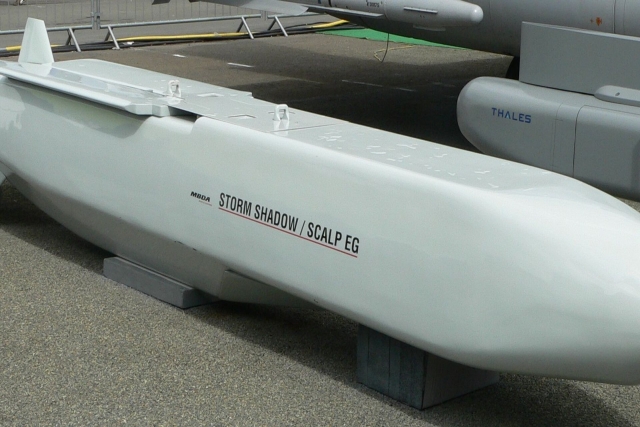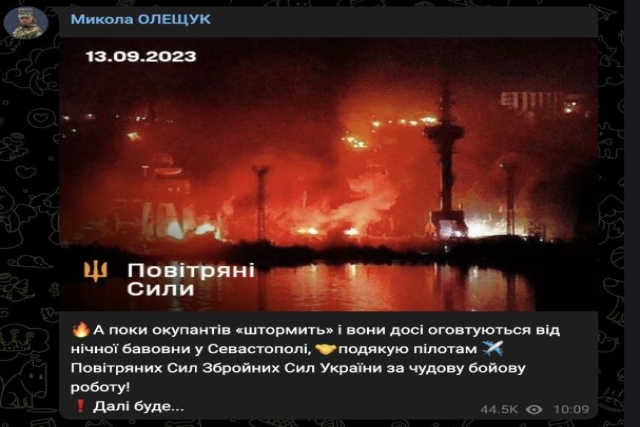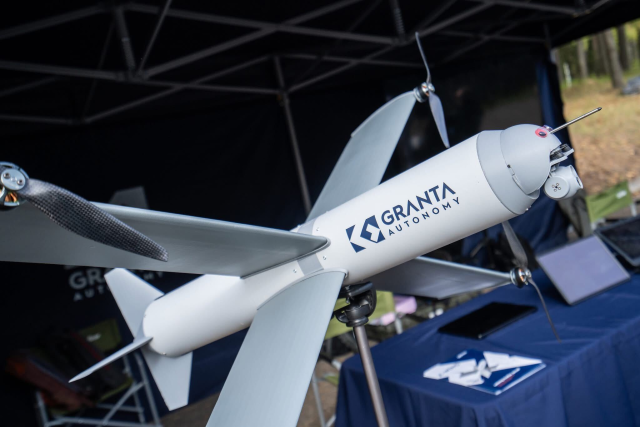Russian Submarine Suffered Catastrophic Damage in Ukraine Missile Attack: British Intelligence

The Russian Kilo 636.3 class submarine Rostov-na-Donu, which was allegedly struck by Ukraine-fired Storm Shadow/SCALP cruise missiles, has suffered "catastrophic" damage, as per British intelligence.
Multiple Ukrainian missiles targeted the Sevmorzavod shipyard within Russia's Black Sea fleet (BSF) Sevastopol naval base during the early hours of September 13. The efforts required to restore the submarine to operational status are expected to span many years and incur costs in the hundreds of millions of dollars.
The British authorities have accused the Russians of downplaying the extent of damage to their vessels, particularly the submarine, and landing ship Minsk, which they believe has been "almost certainly functionally destroyed."
Furthermore, there is a realistic concern that the complex task of removing the wreckage from the dry docks will render them unusable for many months, posing a significant challenge to BSF fleet maintenance. With the loss of the Rostov, one of the BSF's four cruise-missile capable submarines, their ability to strike Ukraine has been significantly impacted.
The Rostov-na-Donu diesel-electric submarine boasted a length of approximately 73 meters and a displacement of around 2,350 tons when surfaced. Powered by a diesel-electric propulsion system, it could achieve speeds of up to 20 knots when submerged and had a range of about 6,000 nautical miles. Depending on mission requirements, the submarine could remain operational continuously for up to 45 days.
In terms of armament, the Rostov-na-Donu was equipped with six 533mm torpedo tubes that are capable of launching both torpedoes and anti-ship missiles. Typically, these submarines were armed with a mix of torpedoes, including heavyweight torpedoes like the Type 53-65, and anti-ship missiles such as the Kalibr cruise missile.











